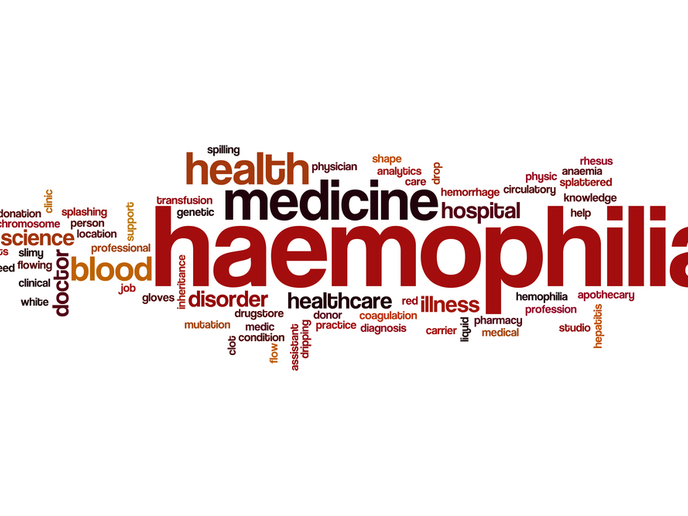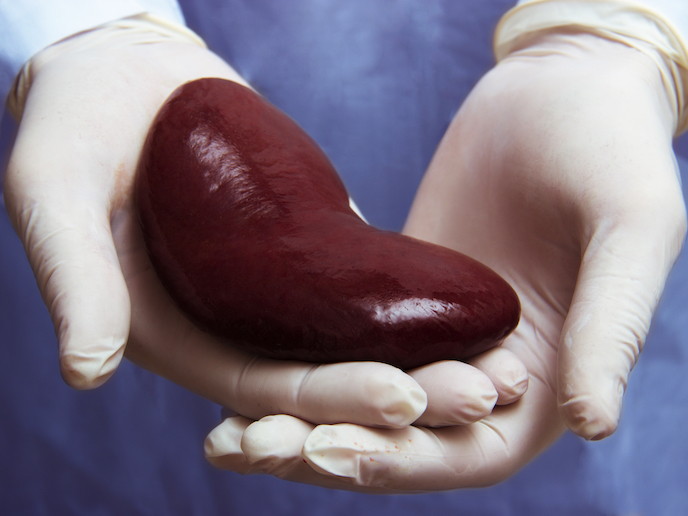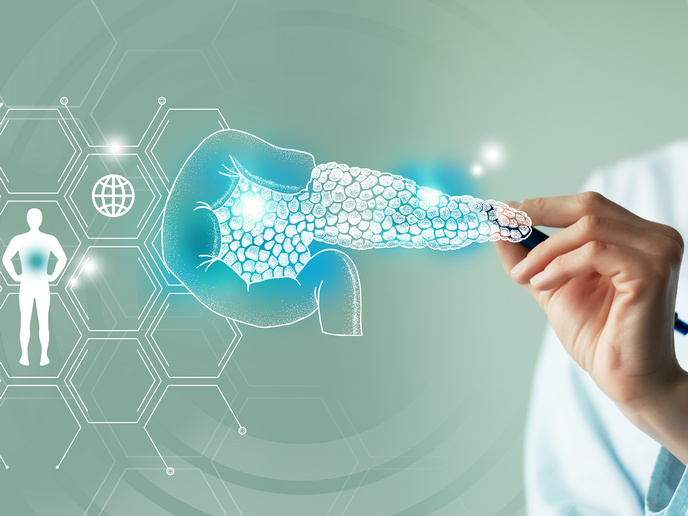Towards successful transplantation
The success of organ or tissue transplantation critically depends on the presence of donor-specific antibodies against human leukocyte antigens (HLA). These molecules are present on the surface of all cells, and act as regulators of the immune system. Certain patients are highly sensitised, containing antibodies against many HLA antigens due to prior blood transfusions, transplantation or pregnancy. Usually, these patients get desensitised using immunosuppressive drugs before transplantation to remove HLA antibodies but this approach fails in patients with strong cytotoxic HLA antibodies. The acceptable mismatch program of Eurotransplant is an alternative strategy. Extensive antibody screening of the patient sera takes place to identify the HLA antigens towards which the patient never formed antibodies. Donor selection relies on the compatibility of donor and patient HLA antigens while taking into account the acceptable HLA mismatches. This approach is very effective, with over 60 % of highly sensitised patients receiving a transplant within two years. The EU-funded EUROSTAM(opens in new window) (A Europe-wide strategy to enhance transplantation of highly sensitized patients on basis of acceptable HLA mismatches) initiative wished to provide a solution for those patients that could not find a transplant through Eurotransplant. The polymorphic nature of HLA antigens and their geographical distribution urged EUROSTAM partners to establish a pan European collaboration that extended the transplant pool of Eurotransplant. In this context, they generated a database of 700 highly sensitised patients across Europe containing patient HLA types and their acceptable HLA antigen. Following search for compatible donors across Europe, suitable donors were found for about 25-30 % of these patients. In addition, HLA phenotypes of more than 500 000 individuals from 40 different countries were collected in the HLA-net bioinformatics platform(opens in new window). Through simulation studies, the consortium demonstrated the benefit of a Europe-wide acceptable mismatch program to facilitate transplantation of highly sensitised patients. Given that more than 10 000 HLA class I antigens have been identified so far, considerable effort also went towards the replacement of acceptable HLA antigens by acceptable HLA epitopes. For this purpose, they generated a computer algorithm to translate the nearly 200 epitopes into HLA antigens and vice versa. The epitopes verified thus far in terms of antibody reactivity were included at the epitope registry(opens in new window) database. To implement the EUROSTAM approach, a high-resolution HLA typing strategy of organ donors should be employed. Furthermore, transplantation guidelines should take into account the possible role of non-HLA antibodies in donor selection.







